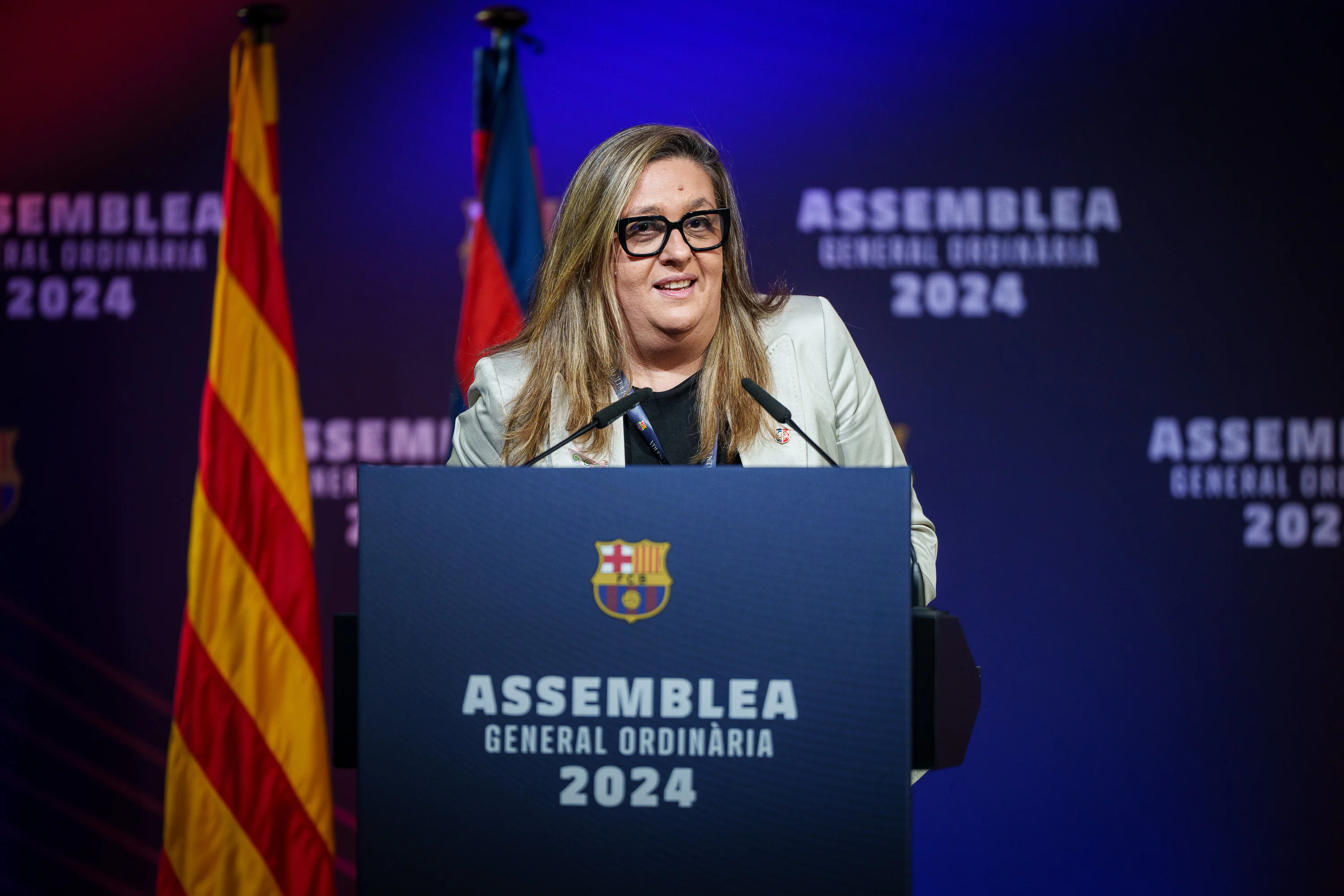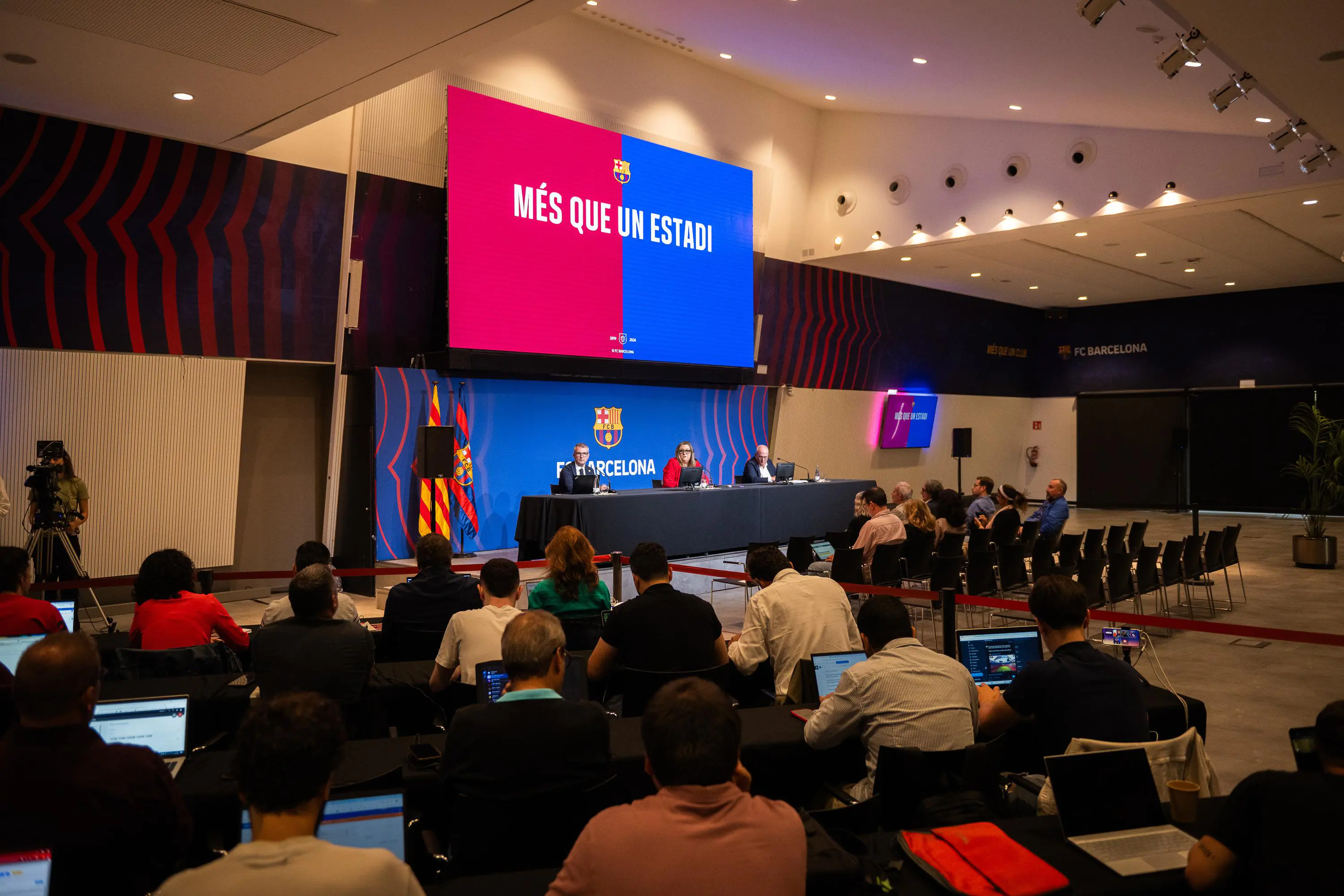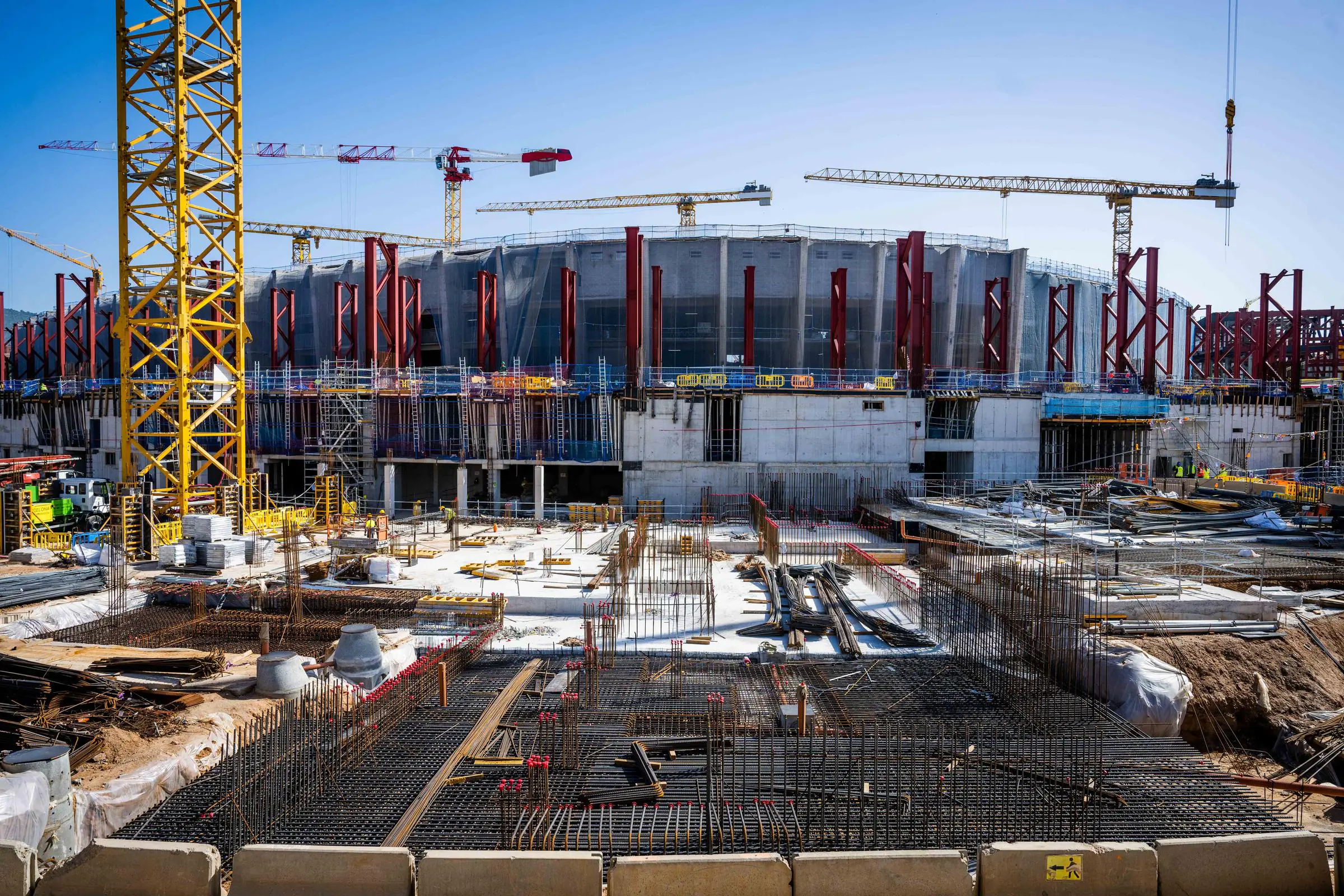
Comercial
07/11/2024
FC BARCELONA AND RAVENTÓS CODORNÍU SIGN AGREEMENT FOR NEW ESPAI BARÇA
Comercial
07/11/2024
The century-old winery group becomes Official Wine & Cava Partner for five seasons, until 30 June 2029

News and updates on Espai Barça.

Comercial
07/11/2024

Institucional
19/10/2024

Institucional
07/10/2024

Comercial
12/09/2024

Comercial
01/08/2024

Comercial
17/07/2024

Comercial
11/07/2024

Works monitoring
18/06/2024